3 Ways to Convince Your CFO You Need an Automated Budgetary Control Solution
By: Rich Uphus | February 21, 2023
Brian Schilling, manager at RSM US, sat down with us and gave three insightful recommendations on how to convince your CFO about the need for an automated budgetary control solution in NetSuite.
______________________________________
ARTICLE — Your company needs better visibility into spending and enforcing budget limits, and an automated and seamlessly integrated solution with NetSuite. You’ve done all the research, read all the articles, seen all the features, and now you’re convinced. But now you have a new challenge: convincing your CFO to spend the money on an additional solution, such as PyanGo Automated Budgetary Control.
This can be tricky, especially when you’re already paying for NetSuite. Here are three convincing reasons:
-
- Aligning spending with company vision
Schilling notes that when organizations don’t have a good grasp of their budgets or spending, the money spent often doesn’t go where it should. “As a controller, people in the finance organization, or even FP&A,” he says, “We understand what spending is across the organization, and we understand how things can get a little tricky. People will spend what they think they have from a budget perspective, but it may not align with either the mission statement or goals of the company.”It’s essential to bring spending in line with organization goals. However, this is practically impossible without an automated budgetary control solution. In most cases, managers do not learn about a spending misalignment until after the funds are encumbered. The automated budgetary control solution catches misaligned spending before funds are encumbered and allows managers to consider alternatives before a problem arises.
- Getting ahead of your finances
“Another advantage of an automated budgetary control solution, says Schilling, is that you save time and effort and prevent mistakes by not reacting to things that have already happened. Often you’re reporting to the CFO, ‘This is where we’re out of compliance; this is where bills have been coded wrong in the past, and it’s caused us to go over budget.’ Typically, it’s only when you’re looking back at the month-end close that you realize the mistakes that now have to be rectified.”Schilling adds that rectifying errors takes more time and costs more money than preventing mistakes before they happen. “An automated budgetary control solution puts your controls on the front end rather than the back end. This preventative functionality saves time and money and helps eliminate costly mistakes.”
- The financial solution that pays for itselfIn the end, the most persuasive argument may be that an automated budgetary control solution will pay for itself. Schilling says, “If you can save money by not going over budget, it basically takes care of the license fees for automated budgetary control software.” And that’s something that any CFO can get behind.
PyanGo’s Automated Budgetary Control for NetSuite
PyanGo’s Automated Budgetary Control for NetSuite, seamlessly built inside Oracle NetSuite, lets organizations take control of their spend. It allows them to automatically regulate and track expenditures against predefined authorized budgets and encumber expenses throughout the procurement lifecycle. The solution tracks hard and soft commitments via purchase requests or purchase orders. All expenditures outside of compliance are flagged for review before funds are encumbered. Automated Budgetary Control for NetSuite also extends standard and advanced procurement, expense reports, and journal processing modules.Contact PyanGo to learn more about how PyanGo’s Automated Budgetary Control for NetSuite can benefit your organization.
Click here to schedule an online product demonstration.
- Aligning spending with company vision




